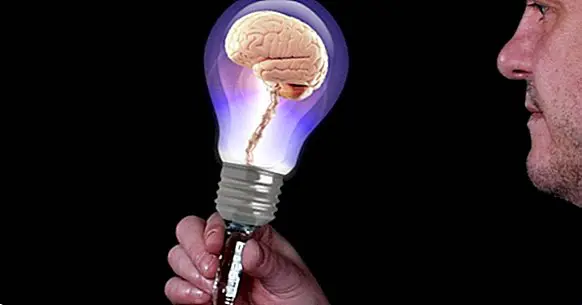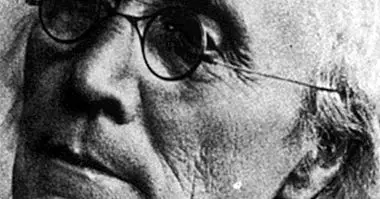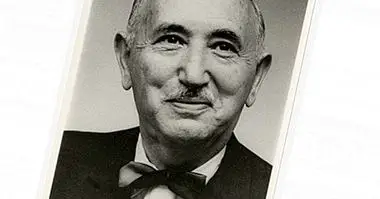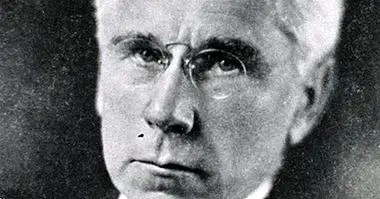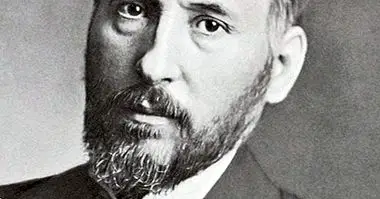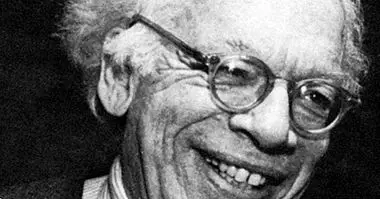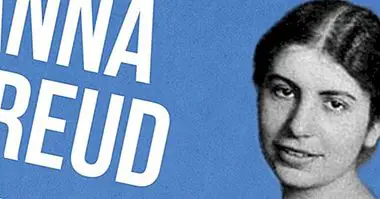Clark L. Hull: biography, theory and contributions
Clark L. Hull was a renowned American psychologist who lived between 1884 and 1952 and he was president of the American Psychological Association between 1935 and 1936. This author has gone down in history mainly because of his theory of impulse reduction, but this was not his only contribution to psychology and other related sciences.
In this article, we will review the biography of Clark L. Hull and his theory of impulse reduction. We will also analyze the influence of this profoundly relevant theorist on the development of behaviorism, and therefore of scientific psychology.
- Recommended article: "Behaviorism: history, theories and main authors"
Biography of Clark Leonard Hull

Clark Leonard Hull was born in Akron, a town in the state of New York, in 1884. According to his autobiography, his father was an aggressive and undercultured man who owned a farm. Hull and his younger brother worked on this during his childhood, and often missed school to help in the family business.
At age 17 Hull started working as a teacher in a rural school , but shortly after decided that he wanted to study more, so he entered an institute and later at the University of Alma, Michigan. Shortly before graduating he was about to die from typhoid fever.
He later moved to Minnesota to practice as an apprentice mining engineer, having specialized in mathematics, physics and chemistry. However, he contracted poliomyelitis; Because of this disease he lost the ability to move in one leg. During the recovery period Hull began to read psychology books.
After the illness he returned to work as a teacher and married Bertha Iutzi. His wife and he began attending the University of Michigan, where Hull graduated in Psychology in 1913 . After working a few years as a professor at the University of Wisconsin he obtained a position at Yale University, where he worked until his death, in 1952.
Main contributions to behaviorism
Hull considered that psychology is a natural science in every rule, such as physics, chemistry or biology . As such, its laws could be formulated through numerical equations, and there would be secondary laws to explain complex behaviors and even the individuals themselves.
Thus, this author sought to determine the scientific laws that explain behavior, and in particular two complex and central aspects of human behavior: learning and motivation. Other theorists, such as Neal E. Miller and John Dollard, worked in the same direction as Hull to find the basic rules that would allow predicting behavior.
On the other hand, Hull was the first author to study the phenomena of suggestion and hypnosis using the experimental methodology of quantitative type. In 1933 he published the book "Hypnosis and suggestibility", for which he researched for about 10 years. He considered that these methods were fundamental to the deep understanding of psychology.
Hull proposed in his book "Principles of behavior" (1943) the theory of the impulse, "drive" in the original English. This work had a fundamental influence on psychology, sociology and anthropology in the 1940s and 1950s, and remains one of the classic theories of reference in the history of behaviorism and psychology in general.
Until the arrival of Hull no psychologist had translated the concepts of learning (particularly reinforcement and motivation) using mathematics. This contributed to the quantification of psychology , and consequently to its approach to other natural sciences.
The theory of impulse reduction
Hull stated that learning is a way of adapting to the challenges of the environment that favors the survival of living beings. It defines it as an active process of habit formation that allows us to reduce impulses, such as hunger, fun, relaxation or sexuality. These can be basic or acquired by conditioning.
According to Hull, when we are in a "state of need" the impulse, or the motivation, increases to carry out a behavior that we know from experience that satisfies it. For the behavior to be executed it is necessary that the habit has a certain strength and that the reinforcement that will be obtained by the behavior motivates the subject .
The formula that Hull created to explain the motivation is the following: Behavioral potential = Strength of habit (number of reinforcements obtained so far) x Impulse (time of deprivation of need) x Reinforcement value of reinforcement.
However, Hull's theory was defeated by the propositional behaviorism of Edward C. Tolman, who was more successful because of the introduction of cognitive variables (expectations) and showed that there can be learning without reinforcement. This fact questioned the basis of Hull's proposals.
Bibliographic references:
- Hull, C. L. (1943). Principles of Behavior. New York: Appleton-Century-Crofts.
- Hull, C. L. (1952). Clark L. Hull. A History of Psychology in Autobiography. Worcester, Massachusetts: Clark University Press.

